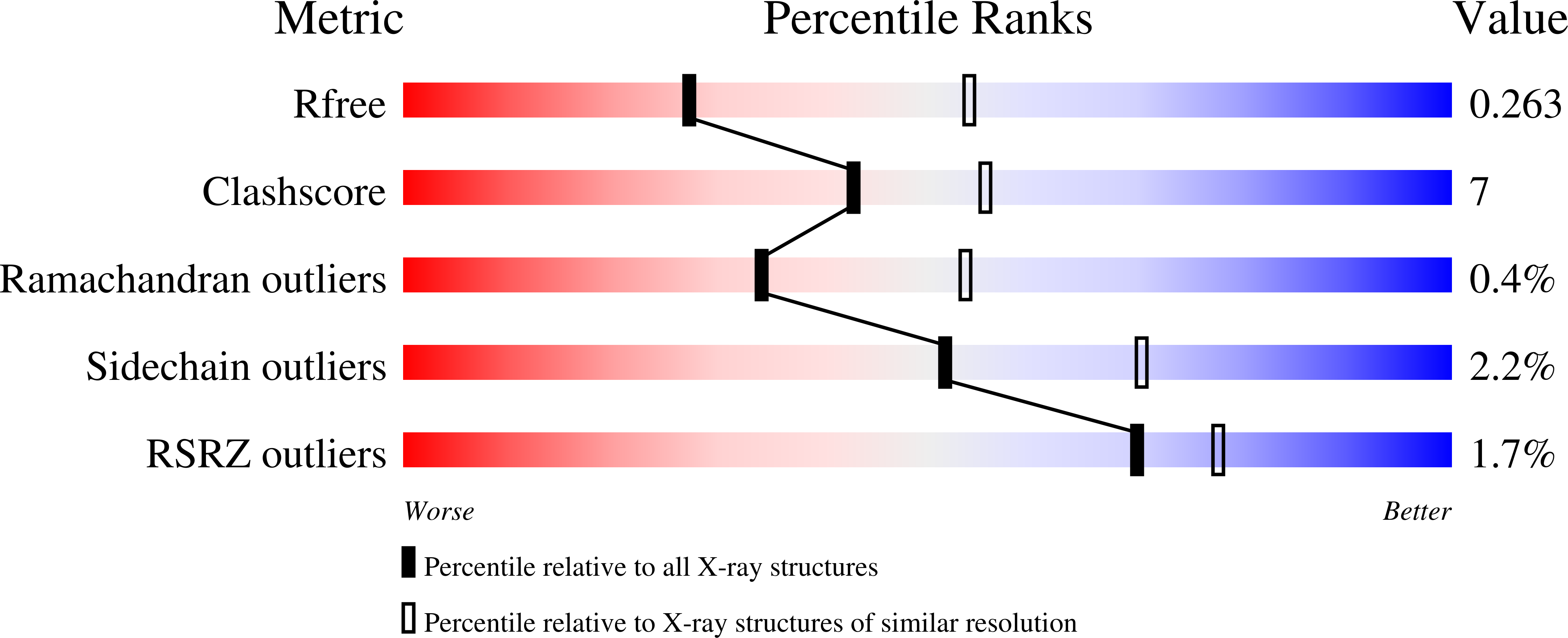
Deposition Date
2020-07-21
Release Date
2020-08-05
Last Version Date
2023-10-18
Entry Detail
PDB ID:
7JHP
Keywords:
Title:
Crystal structure of HRas in complex with the Ras-binding and cysteine-rich domains of CRaf-kinase
Biological Source:
Source Organism:
Homo sapiens (Taxon ID: 9606)
Host Organism:
Method Details:
Experimental Method:
Resolution:
2.77 Å
R-Value Free:
0.26
R-Value Work:
0.21
R-Value Observed:
0.21
Space Group:
C 1 2 1


